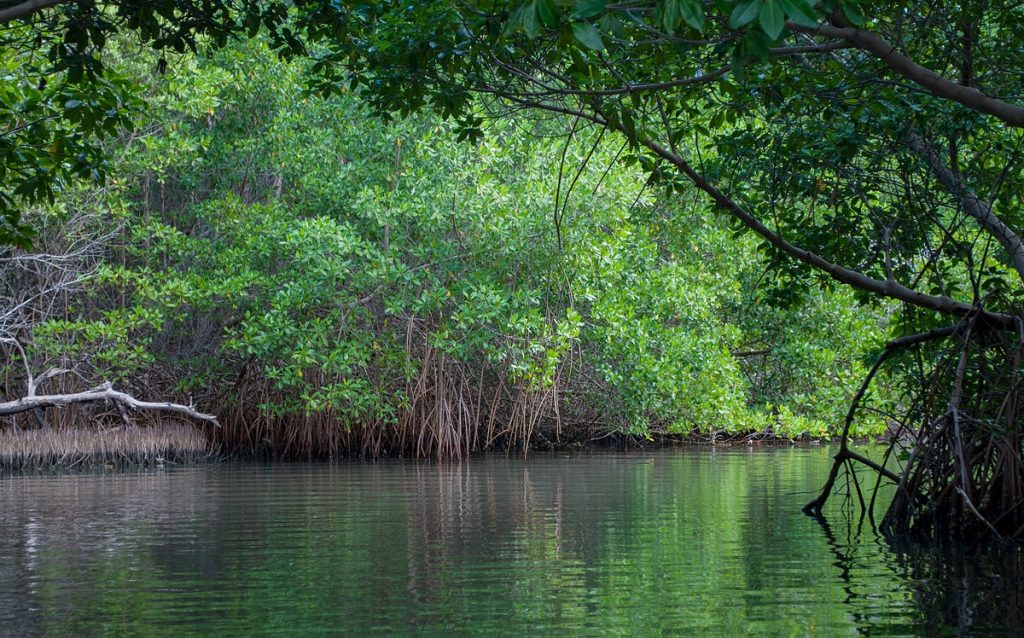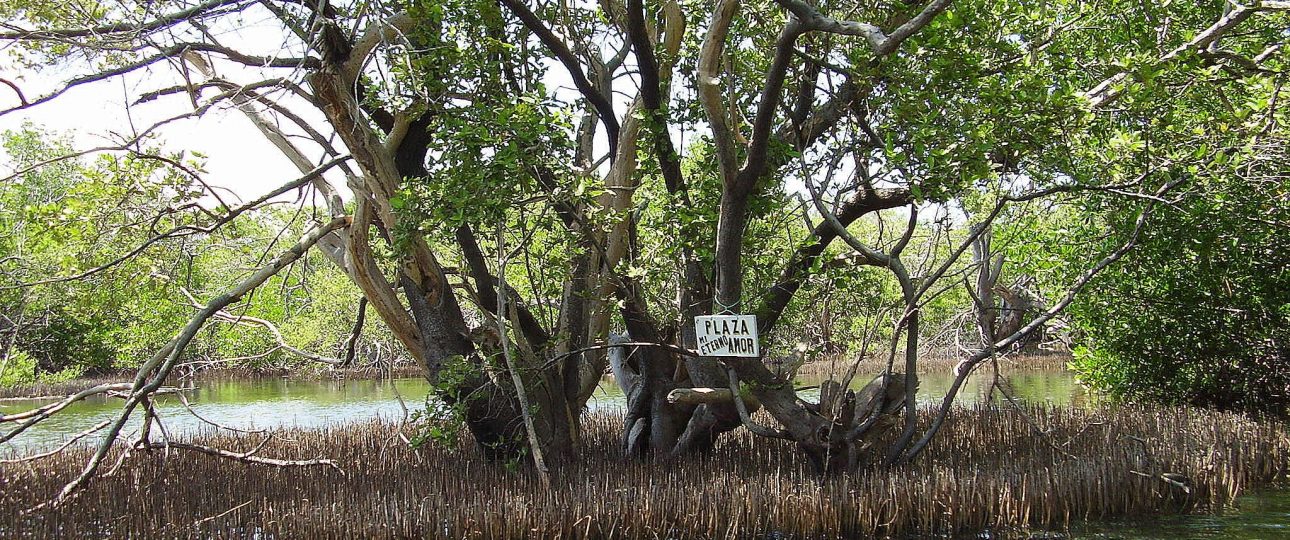Exploring La Restinga National Park
La Restinga National Park, located on Isla Margarita in Venezuela’s Nueva Esparta state, is a captivating destination for nature enthusiasts. Established on February 6, 1974, the park spans over 10,700 hectares (26,000 acres) and is renowned for its large salt lagoon, diverse wildlife, and lush mangrove forests. Recognized as a Ramsar site and an Important Bird Area, this park offers a unique opportunity to experience Venezuela’s natural beauty.
Location and Geography
The park is situated between the eastern part of Margarita Island and the Macanao Peninsula, connected by a narrow strip of land stretching over 15 miles (24 km). The centerpiece of the park is a 2,500-hectare (6,200-acre) saline lagoon, fringed by mangroves and dotted with mangrove islands. The lagoon is separated from the sea by a bar of sand and seashells to the north, while a broad channel connects it to the sea in the south. The park’s climate is arid to semi-arid, with an average annual temperature of 27°C (81°F) and precipitation ranging from 300 to 400 millimeters (12 to 16 inches).
Wildlife and Natural Beauty
La Restinga is a haven for birdwatchers and wildlife enthusiasts. The park’s mangrove forests are home to a rich variety of bird species, including herons, pelicans, and flamingos. The lagoon’s waters are teeming with marine life, such as fish, crabs, and jellyfish. While the water may not always be crystal clear, the abundance of wildlife makes up for it. During my visit, I was fortunate to spot a few red starfishes and a crab feasting on oysters clinging to the mangrove roots.
Activities and Experiences
One of the best ways to explore La Restinga is by taking a boat tour through the lagoon’s channels. These tours offer a peaceful journey through the mangroves, allowing you to appreciate the park’s serene landscape. While some reviews mention that the tours can be expensive and lack detailed explanations, I found the experience to be worthwhile for the sheer beauty of the surroundings. For those seeking a more independent adventure, kayak rentals are also available.
Practical Tips
Visiting during the dry season, from November to April, is ideal for pleasant weather and better wildlife viewing opportunities. However, this is also the peak tourist season, so expect larger crowds. If you prefer a quieter experience, consider visiting during the shoulder seasons of May to July or September to October.
Getting There
To reach La Restinga National Park, fly into Simón Bolívar International Airport in Caracas, then take a domestic flight to Santiago Mariño International Airport on Margarita Island. From there, you can hire a taxi or rent a car to reach the park. Alternatively, if you’re already on Margarita Island, you can take a ferry from Porlamar to El Guamache and then a taxi to the park.
Local Transportation
Within the park, boats are the primary mode of transportation. Several tour operators offer guided boat tours, providing insights into the park’s history and ecosystem. While the tours may not always offer extensive commentary, the guides are generally knowledgeable and helpful. For those who prefer exploring at their own pace, kayaking is a great option.
La Restinga National Park offers a unique glimpse into Venezuela’s natural wonders. While there are some challenges, such as the cost of tours and limited explanations, the park’s stunning landscapes and diverse wildlife make it a destination worth exploring. Pack your bags, bring your camera, and prepare for an unforgettable adventure.




